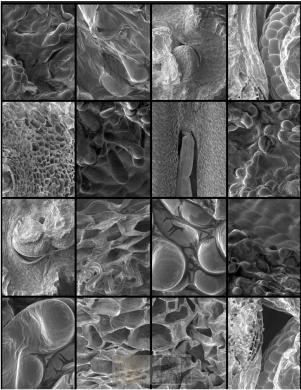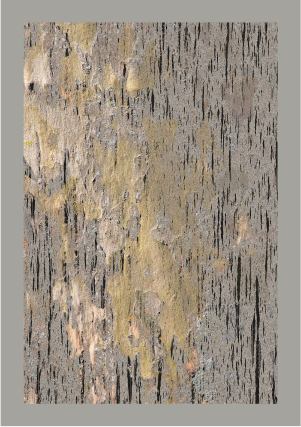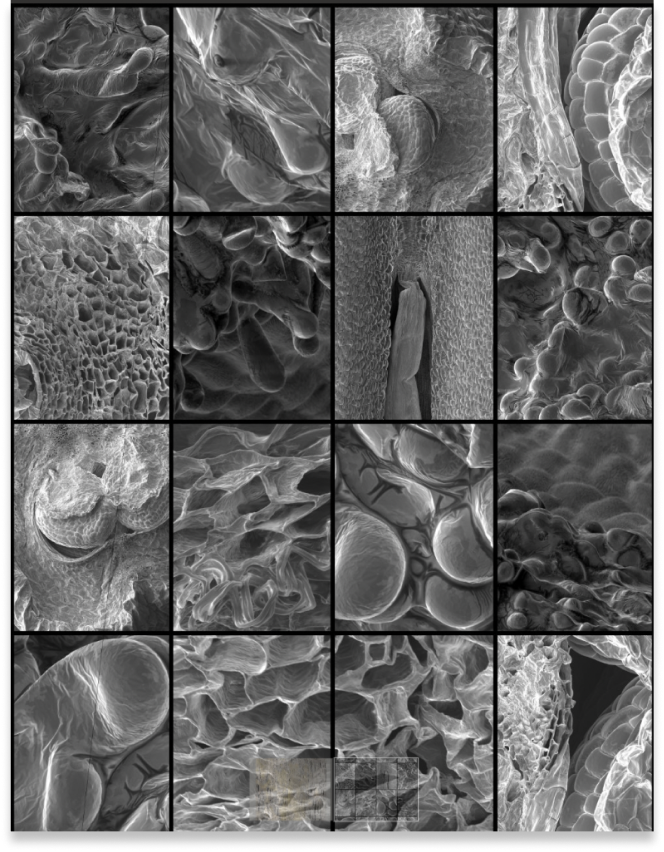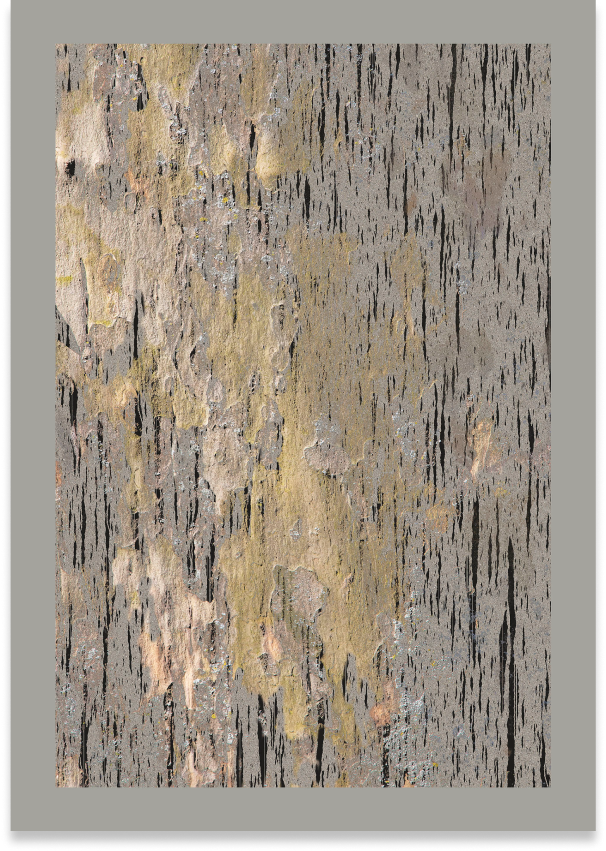



Biographies
Anna Chupa is a photographer and textile artist whose photos, textile designs, quilts, and mixed-media installations have been exhibited in Austria, China, England, France, Germany, Italy, Morocco, the Netherlands, Spain, and throughout the United States. Prof. Chupa's most recent projects are textile designs that combine biomorphic forms with renderings of cellular automata, and art quilts documenting the landscape and architecture of the Camino de Santiago. She received her MFA in Photography from the University of Delaware.
Michael Chupa is a High Performance Computing Engineer who has worked in scientific visualization and research computing in academia and industry for two decades. Chupa has an undergraduate degree from Oberlin College in Physics and an M.S. in Computational Engineering from Mississippi State University.
Leslie Hayden O'Brien is the Scanning Electron Microscopy (SEM) Manager for the Institute for Functional Materials and Devices (IFMD) at Lehigh University. Before coming to Lehigh, she was an Applications Scientist for Nanoscience Instruments (Alexandria, VA) and a Research Scientist at the Joint Pathology Center in Silver Spring MD. She was also a Laboratory Manager for the US Geological Survey in Menlo Park and for the University of Michigan, Ann Arbor. Dr. O'Brien received her B.S. in Environmental Geosciences from the University of Notre Dame and her Ph.D. in Geology from Rensselaer Polytechnic Institute.
Michael Chupa is a High Performance Computing Engineer who has worked in scientific visualization and research computing in academia and industry for two decades. Chupa has an undergraduate degree from Oberlin College in Physics and an M.S. in Computational Engineering from Mississippi State University.
Leslie Hayden O'Brien is the Scanning Electron Microscopy (SEM) Manager for the Institute for Functional Materials and Devices (IFMD) at Lehigh University. Before coming to Lehigh, she was an Applications Scientist for Nanoscience Instruments (Alexandria, VA) and a Research Scientist at the Joint Pathology Center in Silver Spring MD. She was also a Laboratory Manager for the US Geological Survey in Menlo Park and for the University of Michigan, Ann Arbor. Dr. O'Brien received her B.S. in Environmental Geosciences from the University of Notre Dame and her Ph.D. in Geology from Rensselaer Polytechnic Institute.
Statement
We generated time-evolved, 2-state 1D cellular automata (CA). A Python script performed randomized initial state CA to memory; rendering to a Scalable Vector Graphics (SVG) format via svgwrite Python library (Manfred Moitzi). SVG was selected because it is a compatible transfer format for conversion to proprietary formats used by quilting machines. This process produced a "design gallery" of renderings w/ various rules for artist selection. We became interested in patterns generated by second-order rules with more visual relationship to the juxtaposed photographic source, in. this case, Sycamore bark.
We used the Scanning Electron Microscope at varying levels of magnification on samples from reproductive sections from a Lilium genus. There are details from pollen on an anther, an ovary, and a stigma imaged at 50x, 120x, 200 and 250x, 650 and 1000x.v
We used the Scanning Electron Microscope at varying levels of magnification on samples from reproductive sections from a Lilium genus. There are details from pollen on an anther, an ovary, and a stigma imaged at 50x, 120x, 200 and 250x, 650 and 1000x.v
Sycamore and Second Order Cellular Automata
We used the Scanning Electron Microscope at varying levels of magnification on samples from reproductive sections from a Lilium genus. There are details from pollen on an anther, an ovary, and a stigma imaged at 50x, 120x, 200 and 250x, 650 and 1000x.
Lilium


Titles: Sycamore and Second Order Cellular Automata
Lilium
%C2%A9 2023 Anna Chupa
Lilium
%C2%A9 2023 Anna Chupa
Anna Chupa, Michael Chupa & Leslie O'Brien
Email


